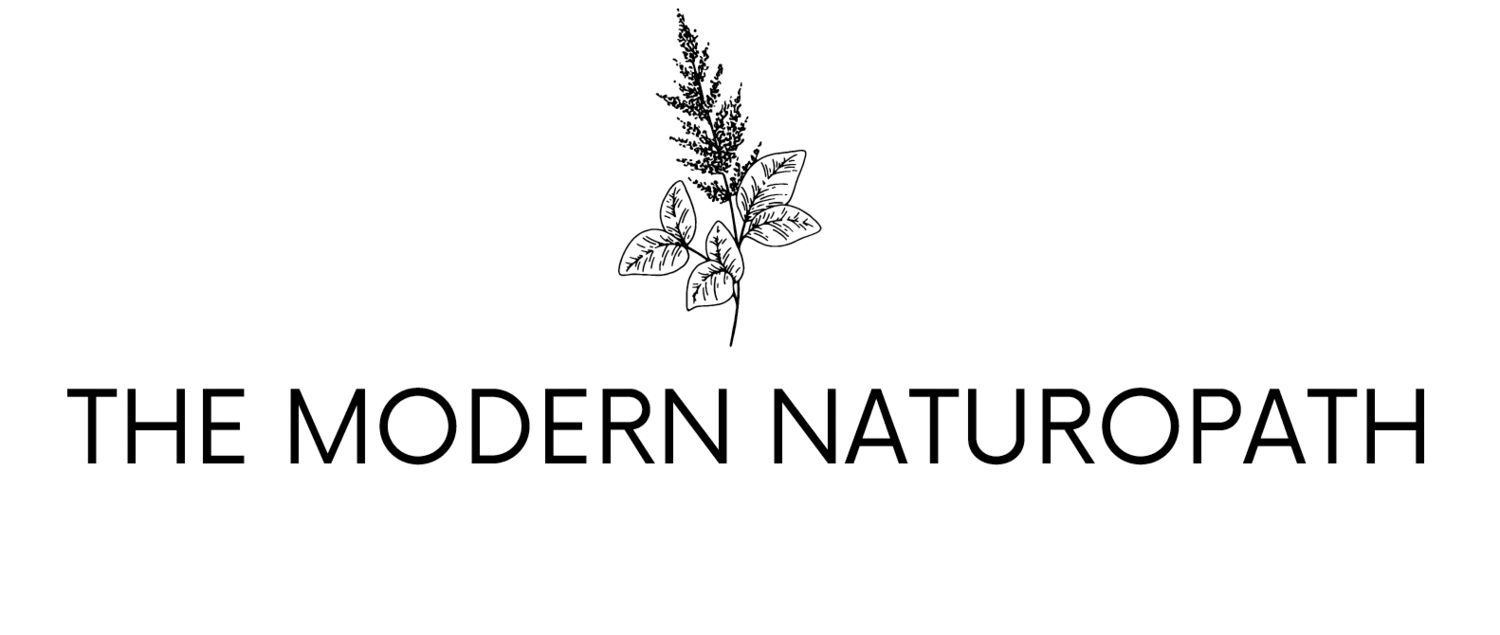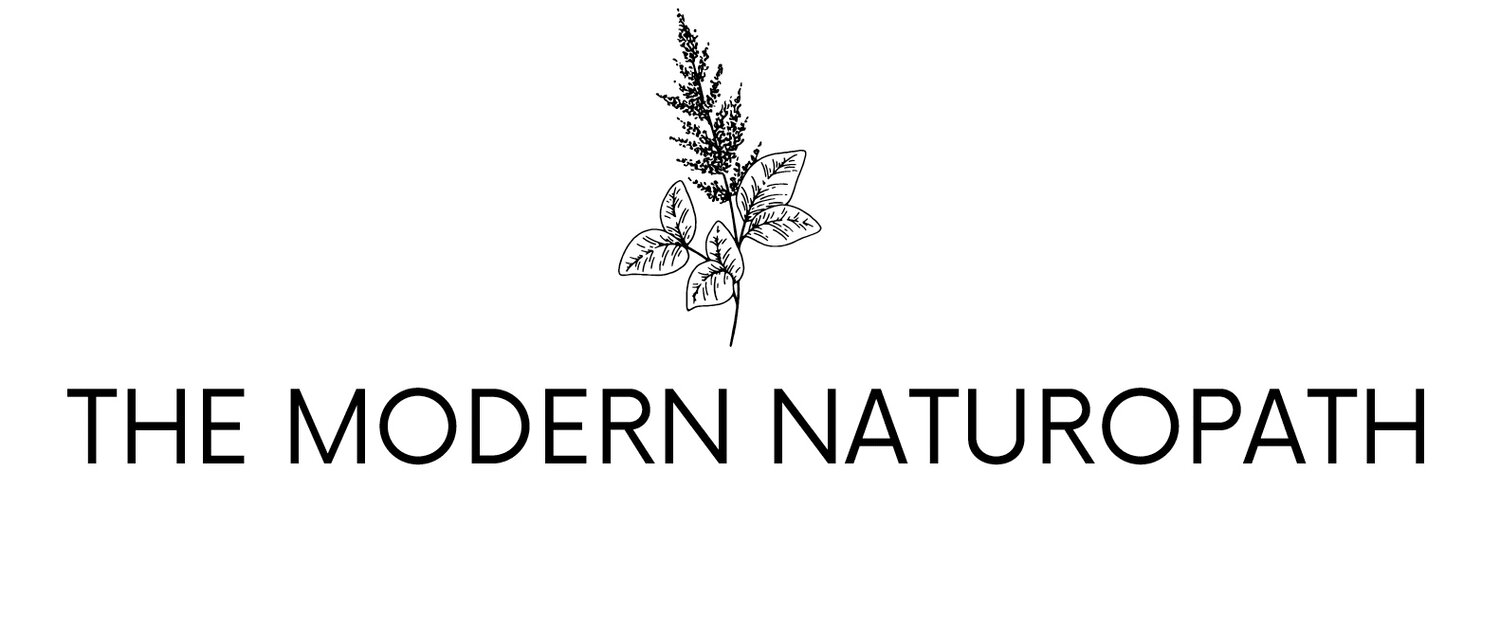disordered eating or eating disorder?
Our society has unrealistic, underweight body ideals, especially for young women. Added on to this is fashion and beauty trends, social media influence and an abundance of food choices (1). Modern trends like fasting, dieting and restrictive eating makes it easier to disguise unhealthy eating behavior. Disordered eating, known as orthorexia nervosa, has a continuum which is broad enough that most people could experience some form of disordered eating, making it hard to identify (1).
The prevalence of disordered eating is increasing and the age of those affected is getting lower (3). Young people who spend more time on social media are more at risk of unhealthy eating habits due to perceived negative body image and bullying (2). Patterns of disordered eating can affect the growth of adolescents, and alarmingly, is likely to continue into adulthood and hugely affect quality of life (4). Risk factors for developing an eating disorder include psychological, neurochemical, family beliefs and peer influence (1).
Who is most at risk? Females, adolescents, dancers, athletes (e.g. gymnasts, figure skater, runners, swimmers). “The female athlete triad” is common and effects around 70% of in female athletes. It consists of; disordered eating, amenorrhea (loss of period) and osteoporosis (1).
Although there are many types of categised eating disorders, here we will talk about the two main restrictive types;
-Anorexia Nervosa: Effects 0.9% of women (5) and has the highest premature mortality rate of any psychiatric disorder, most commonly from cardiac complications and suicide (6). There is an intense fear of gaining weight or being “fat” and a disturbed sense of self-perceived weight or shape/size, with extreme denial. Starving and malnutrition mainly effect the brain and heart (1).
-Bulimia Nervosa: Effects 0.5% of women (5) and is not as physically obvious due to the secretive behavior of binge eating episodes. These are followed by inappropriate compensation to prevent weight gain, such as self-induced vomiting or laxatives with feelings of shame and guilt. Depression, anxiety, low self-esteem and substance abuse are common (1).
Signs & Symptoms of Disordered Eating
Obsessive behaviors of eating and exercising to the extreme, restrictive diets, ritualised eating patterns, rigid food avoidance, secretive eating, night-time binges, guilt and shame around food, strong cravings, self-loathing (1), lesion or calluses on the back of the hand, dental erosion, swollen neck glands, red eyes, headaches, constipation, dry skin, hair loss, with wooly hair on the side of face, frequent trips to the bathroom after meals (7). If some of these are familia to you, or you notice any of these signs in a loved one, please see the below links for help and support.
The Effect of Eating Disorders
Prolonged inadequate energy intake leads to malnutrition, nutritional deficiencies (such as anaemia), chronic fatigue and loss of immune response. Altered hormone activity leads to menstrual dysfunction and amenorrhea (loss of menstruation). It often accompanies bone loss and decreased bone density leading to stress fractures. Other effects include impaired metabolism, poor growth, decreased concentration and judgment, insomnia, injuries, decreased coordination, endurance and strength. Behaviour changes include depression, irritability, confusion, delirium, anxiety, low sex drive and influences on mood and emotions (1).
Nutritional Strategies
Nutritional intervention should be a top priority when recovering from an eating disorder, which sometimes isn’t the case, with many believing that abnormal eating behavior will be corrected after receiving psychotherapy (8). But rather, they need to go hand-in-hand, with a team of health care professionals working together. Primary goals include:
1. Attaining healthy body weight – Monitor weight and ensure adequate energy and macronutrient intake. Weight maintenance using a structured plan.
2. Normalising eating patterns – Diet quality, regular eating times, variety, perception of hunger and satiety. Eating for enjoyment and establish healthy eating habits e.g. sitting at a table and eating with others.
3. Improving nutrient intake. Nutritional assessment and identifying deficiencies. Initial supplementation, meal planning and education (9,10).
Each individual’s nutritional strategy for recovery will be personalised due to severity, nutritional deficiency, associated conditions, age and life stage and advice should be “health-based”, rather than “weight-based” (10). A recovery nutritional plan should include realistic portion sizes with three meals per day (meat containing or semi-vegetarian) (4). There are some guidelines for a stricter approach regarding anorexia nervosa of a minimum of 3000 calories per day of a balanced, varied diet to gain a healthy weight (11).
The REAL Food Guide
The REAL food guide developed by S. Hart, is a four-layered pyramid with key nutritional messages that address the gaps in nutrition education for those with eating disorders to achieve energy and nutritional requirements. It emphasizes a wide range of energy-dense foods, including “feared” foods, eating out, increasing oils and fats, calcium-rich foods, protein, carbohydrates and fruits and vegetables, as well as water. In the study by Hart et al (2018), feedback was that it was practical, user-friendly and more helpful for recovery than general nutritional guidelines (4).
The REAL Food Guide. (Hart et al., 2018)
For more resources and help please visit:
EDANZ: www.ed.org.nz
Eating Disorder Clinic: www.nzeatingdisordersclinic.co.nz
Mental Health Foundation: www.mentalhealth.org.nz
References
1. Whitney, E., & Rolfes. S, R. (2019). Understanding Nutrition (15th ed.). Cengage Learning Inc. Boston: USA.
2. Sidani, J. E., Shensa, A., Hoffman, B., Hanmer, J., & Primack, B. A. (2016). The Association between Social Media Use and Eating Concerns among US Young Adults. Journal of the Academy of Nutrition and Dietetics, 116(9), 1465–1472. https://doi.org/10.1016/j.jand.2016.03.021.
3. Herpertz-Dahlmann, B. (2015). Adolescent Eating Disorders: Update on definitions, symptomatology, epidemiology, and comorbidity. Child and Adolescent Psychiatric Clinics, 24(1), 177 – 196. DOI: https://doi.org/10.1016/j.chc.2014.08.003.
4. Hart, S., Marnane, C., McMaster, C., & Thomas, A. (2018). Development of the "Recovery from Eating Disorders for Life" Food Guide (REAL Food Guide) - a food pyramid for adults with an eating disorder. Journal of eating disorders, 6, 6. https://doi.org/10.1186/s40337-018-0192-4.
5. National Institutes of Health. (2016). Eating Disorders. Retrieved from www.nimh.nih.gov/health/topics/eating disorders.
6. Keshaviah A., Edkins, K., Hastings, E. R., Krishna, M., Franko, D. L., Herzog, D. B., et al. (2014). Re-examining premature mortality in anorexia nervosa: a meta-analysis redux. Comprehensive Psychiatry. 55, 1773–1784. 10.1016/j.comppsych.2014.07.017.
7. Gropper, S.S., Smith, J.L. & Carr,T.P. (2017). Advanced nutrition and human metabolism (7th Rev. ed.). Mason, OH: Cengage Learning.
8. Beumont, P., O’Connor, M., Touyz, S., & Williams, H. (1988). Nutritional counselling in the treatment of anorexia and bulimia nervosa. In: PJV B, Burrows, G.D., Casper, R.C, editors. Handbook of eating disorders, part 1: p. 349-59. Elsevier science.
9. Raatz, S. K., Jahns, L., Johnson, L. K., Crosby, R., Mitchell, J. E., Crow, S., Peterson, C., Le Grange, D., & Wonderlich, S. A. (2015). Nutritional adequacy of dietary intake in women with anorexia nervosa. Nutrients, 7(5), 3652–3665. https://doi.org/10.3390/nu7053652.
10. Ozier, A. D., & Henry, B. W. (2011). Position of the American dietetic association: Nutrition intervention in the treatment of eating disorders. Journal of American Dietetic Association. 111:1236–1241. doi: 10.1016/j.jada.2011.06.016.
11. Murtagh, J. (2018). John Murtagh's general practice (7th ed.). Sydney, Australia: McGraw Hill Medical.



